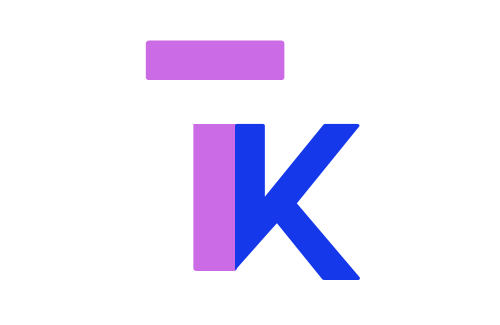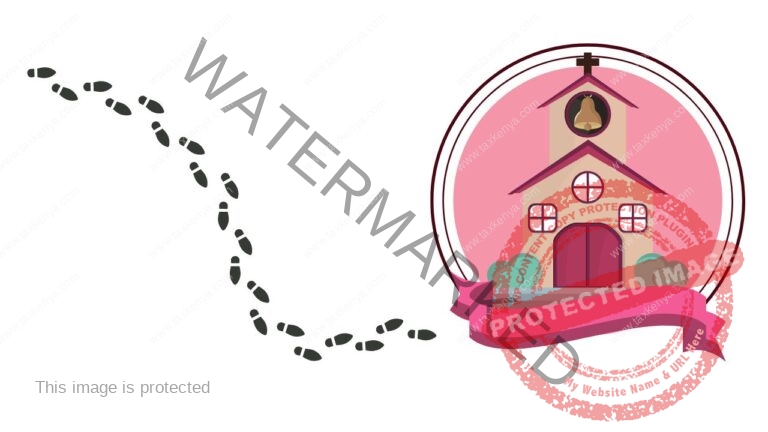Imagine a lower tax rate for your fringe benefit tax. You finally get a pleasant low-interest loan from your workplace and then boom! Your employer is going to pay a sizeable chunk of tax. That does not feel too great, right? But here comes some good news that might just bring a smile to your face.
Imagine a lower tax rate for your fringe benefit tax. You finally get a pleasant low-interest loan from your workplace and then boom! Your employer is going to pay a sizeable chunk of tax. That does not feel too great, right? But here comes some good news that might just bring a smile to your face.
The Kenya Revenue Authority (KRA) has made a big change, and it could mean more money in your pocket if your employer is willing to give you more loans. Let us break it down together, in simple words, so you know exactly what this change means for you.
What Just Happened?
From April to June 2025, the KRA has reduced the tax rate on “fringe benefits.” That’s just a fancy way of saying loans that your boss might give you at work will cost your employ less. The interest rate is now 9 percent, which is lower than it was before.
Wait… What Are Fringe Benefits Again?
Great question! Fringe benefits are extra money as loans that your employer gives you on top of your salary. The loans at low-interest loans. You may need the loan for:
a. Buy a company car
b. Health insurance
c. Buy a house
d. School fees
If your employer helps you out with loans that save you money, it usually counts as a fringe benefit.
Now, the government normally taxes the loan benefits payable by your employer to you. T is your employer who pays the tax on the benefits. But with the recent change, the tax paid by your employer will now be lower. That means your employer will now pay less tax for your fringe benefit. It will now cost your employer less.
Why Did KRA Lower the Tax?
Good question! The Central Bank of Kenya (CBK) recently lowered its main lending rate to 10 percent. This is the rate banks use when they borrow money from the central bank. So, when that rate goes down, it becomes cheaper for people and businesses to borrow money.
KRA saw this and thought, “Hey, we should also adjust our fringe benefits tax rate to match the new rate.” So they did. That’s why the new tax rate is now 9 percent.
How Does This Help Me?
Let us say your employer gives you a loan at a really low interest rate. Before, the tax on that loan benefit was higher. Now, with the 9 percent rate, your employer’s tax bill goes down. That means more money stays with your employer, instead of going to taxes.
Here is a simple example:
This is a hypothetical example. Imagine 12 months ago, your boss gave you a loan amount of kshs 100,000 at 3 percent interest. The market rate was 18 percent. However, the commissioners ate for fringe benefits tax was 16 percent.
The tax is charged on the difference (16 – 3 = 13 percent) of the loan interest.
Benefit – 13% x kshs 100,000 = kshs 13,000
Tax – income tax rate @ 30% x kshs 13,000 = kshs 3,900
Reduced Rate to 9%
The tax is charged on the difference (9 – 3 = 6 percent) of the loan interest.
Benefit – 3% x kshs 100,000 = kshs 3,000
Tax – income tax rate @ 30% x kshs 3,000 = kshs 900
Before, if the tax rate was higher, your employer paid more.
With the new reduced fringe benefit rate of 9 percent tax, your employer will pay less.
That is a win!
Why Should Workers Care About This?
If you are an employee, and your workplace gives you loan benefit, this change matters. It could mean:
a. Lower taxes on your employer for the loans.
b. Easier access to cheap loans from your employer
Also, if you are thinking of asking your employer for a loan, now might be the perfect time.
What Should Employers Know?
Employers need to be aware of the new tax rate too. When they calculate fringe benefit tax, for loans to their staff, they should use the new 9 percent rate.
That makes things easier for HR and payroll teams. It also shows employees that the company cares about their financial well-being.
Will This Last Forever?
Right now, this lower tax rate is only from April to June 2025. That is just three months. After that, it could go back up, or maybe it will change again depending on what the Central Bank decides in the future.
So, enjoy the relief while it lasts, and keep an eye out for updates from the KRA or your employer.
Quick Recap:
a. KRA cut the fringe benefits tax to 9% for April to June 2025.
b. This tax affects low interest employee loans from employers.
c. The interest cut is to match the Central Bank’s interest rate drop.
d. Employers get to pay less on fringe benefits for employees.
e. Employers should update their payroll systems.
Final Thoughts
Tax stuff can be confusing, but this change is a simple win for workers. Less tax on your fringe benefits means more money for you available as loans from your employer. For your employer, it is like getting a small bonus without having to do anything extra!
So go ahead, enjoy your loans, knowing that your employer is going to pay less tax on your fringe benefit. And remember, always stay updated with the latest from the KRA so you do not miss out on changes that could benefit you.
Stay smart, stay informed, and keep winning at work!
Get a copy of our guide on Fringe Benefits Tax


